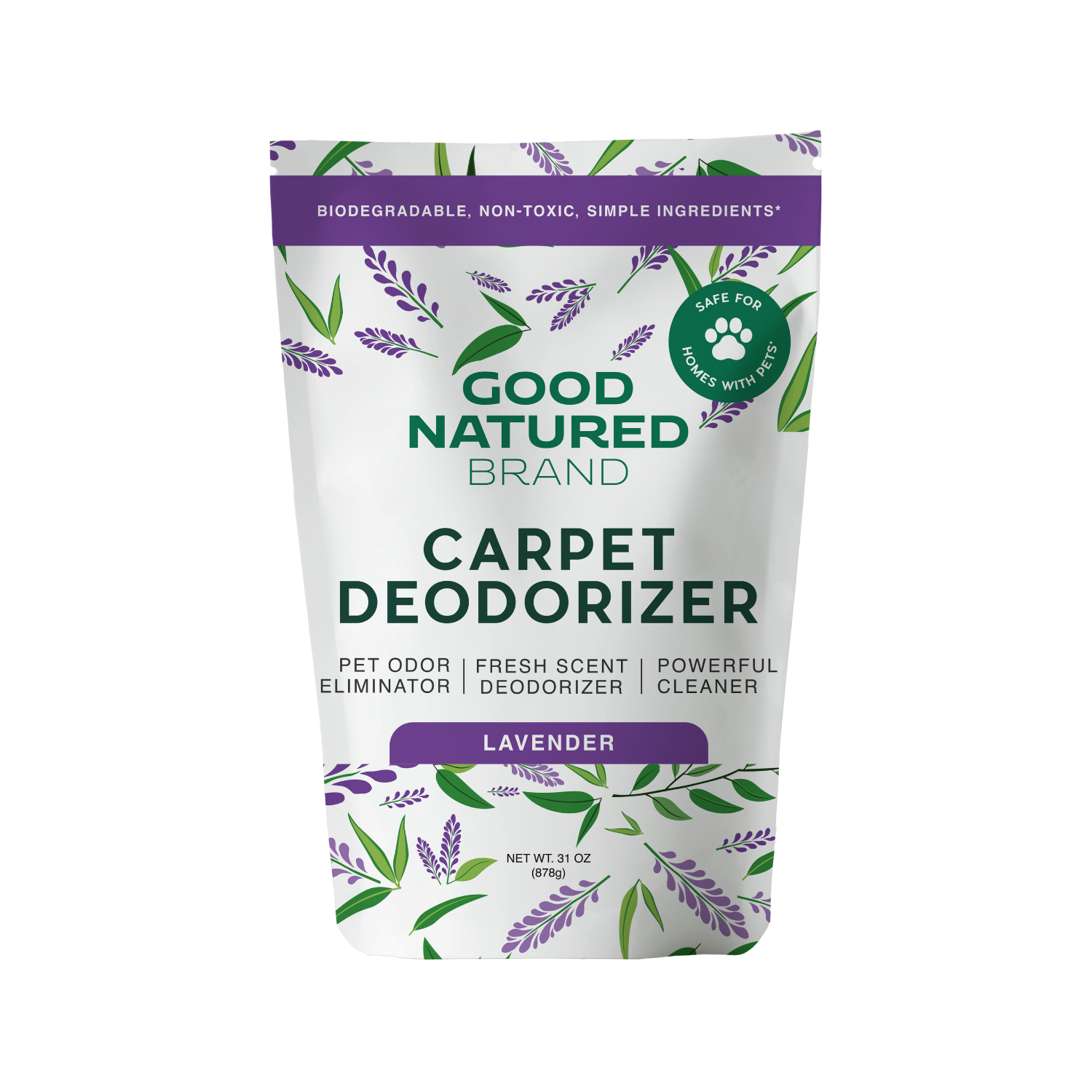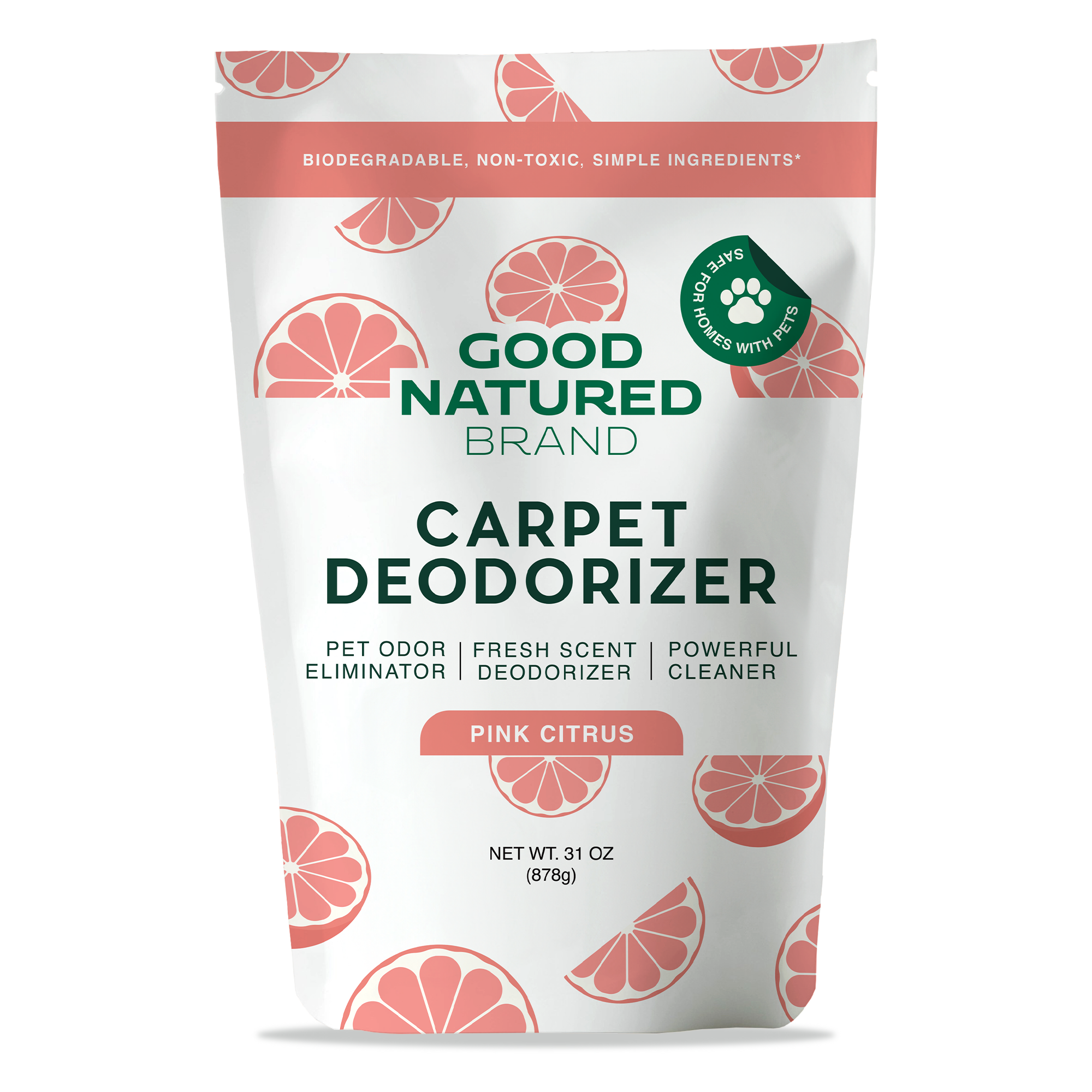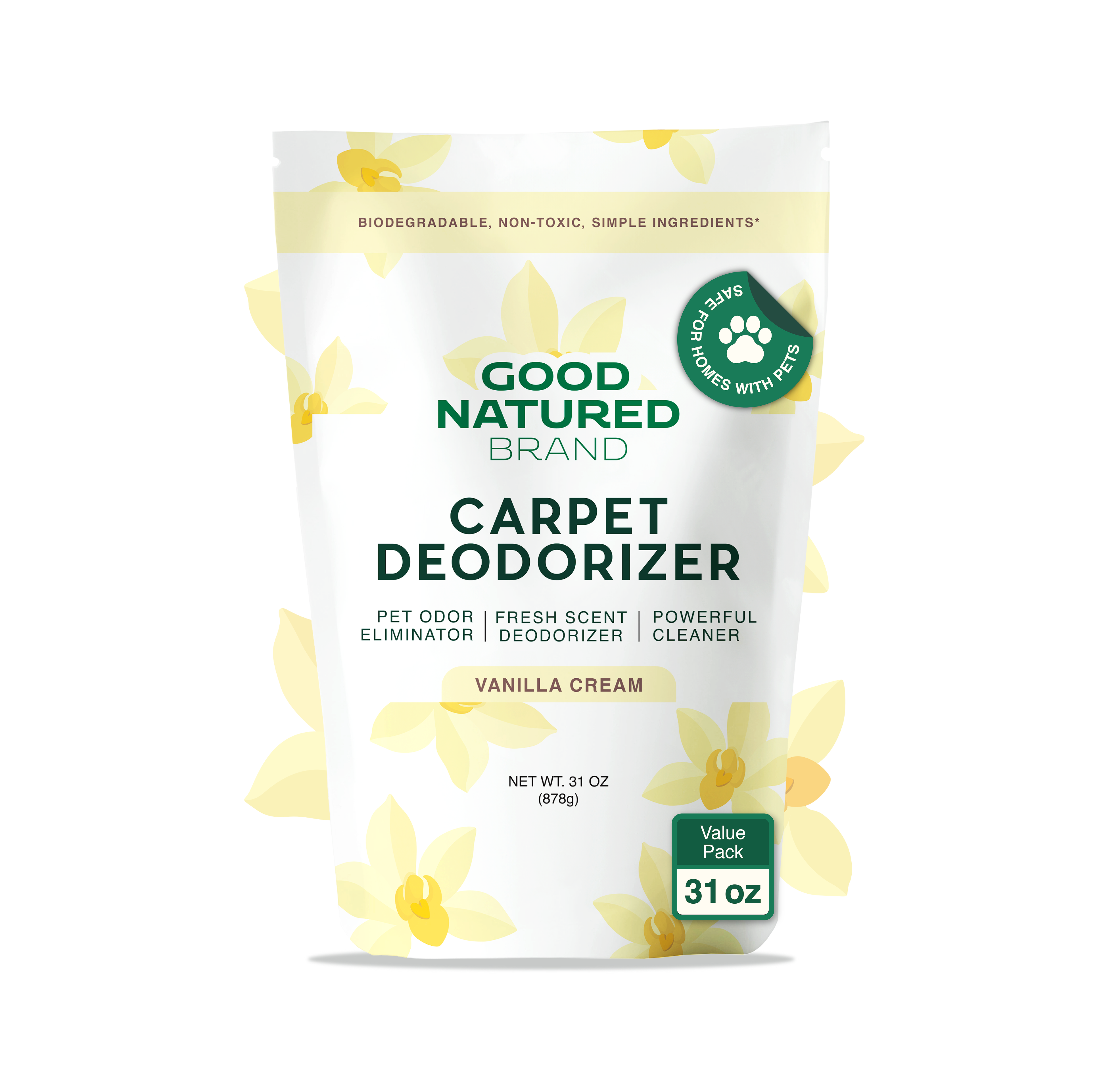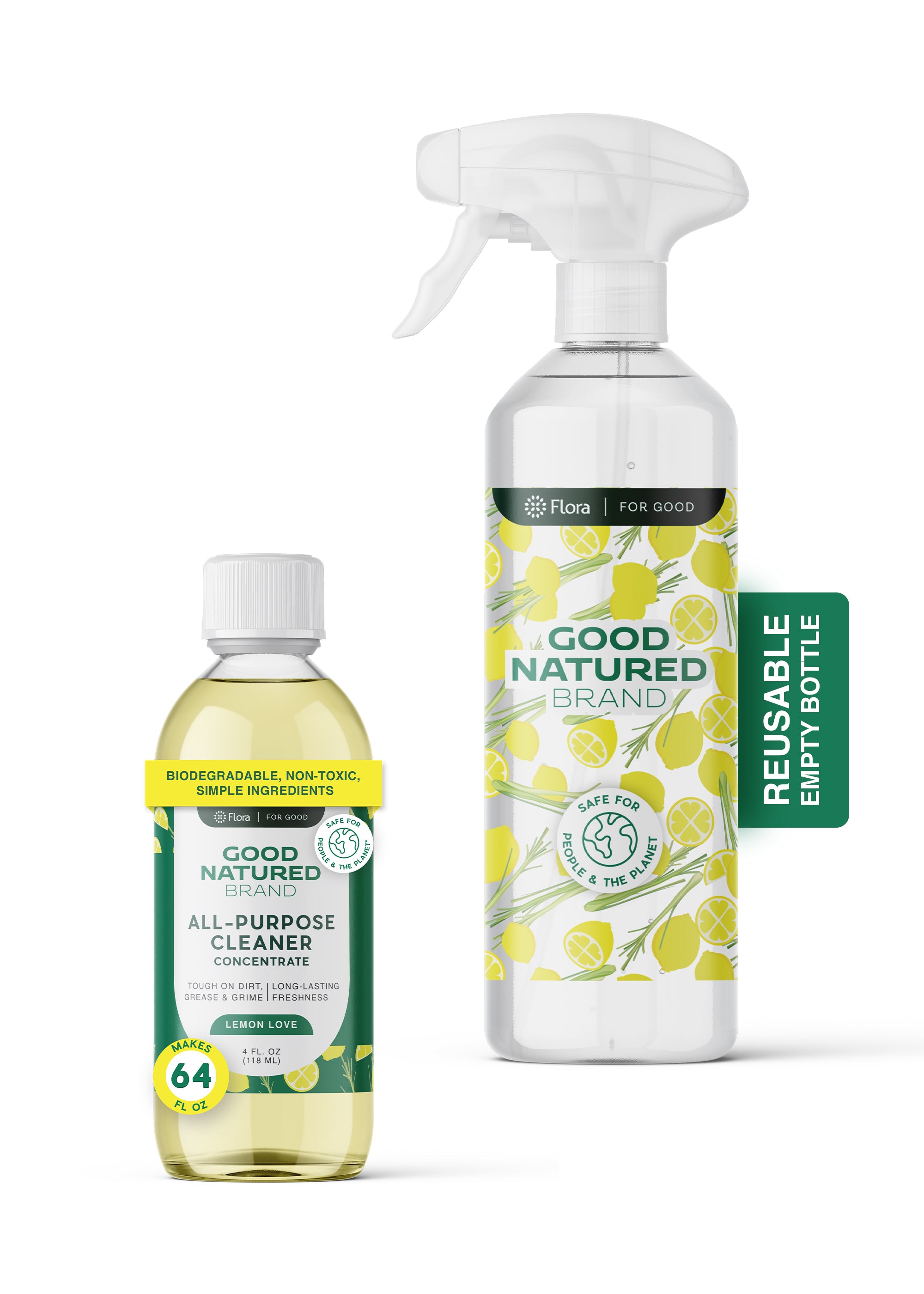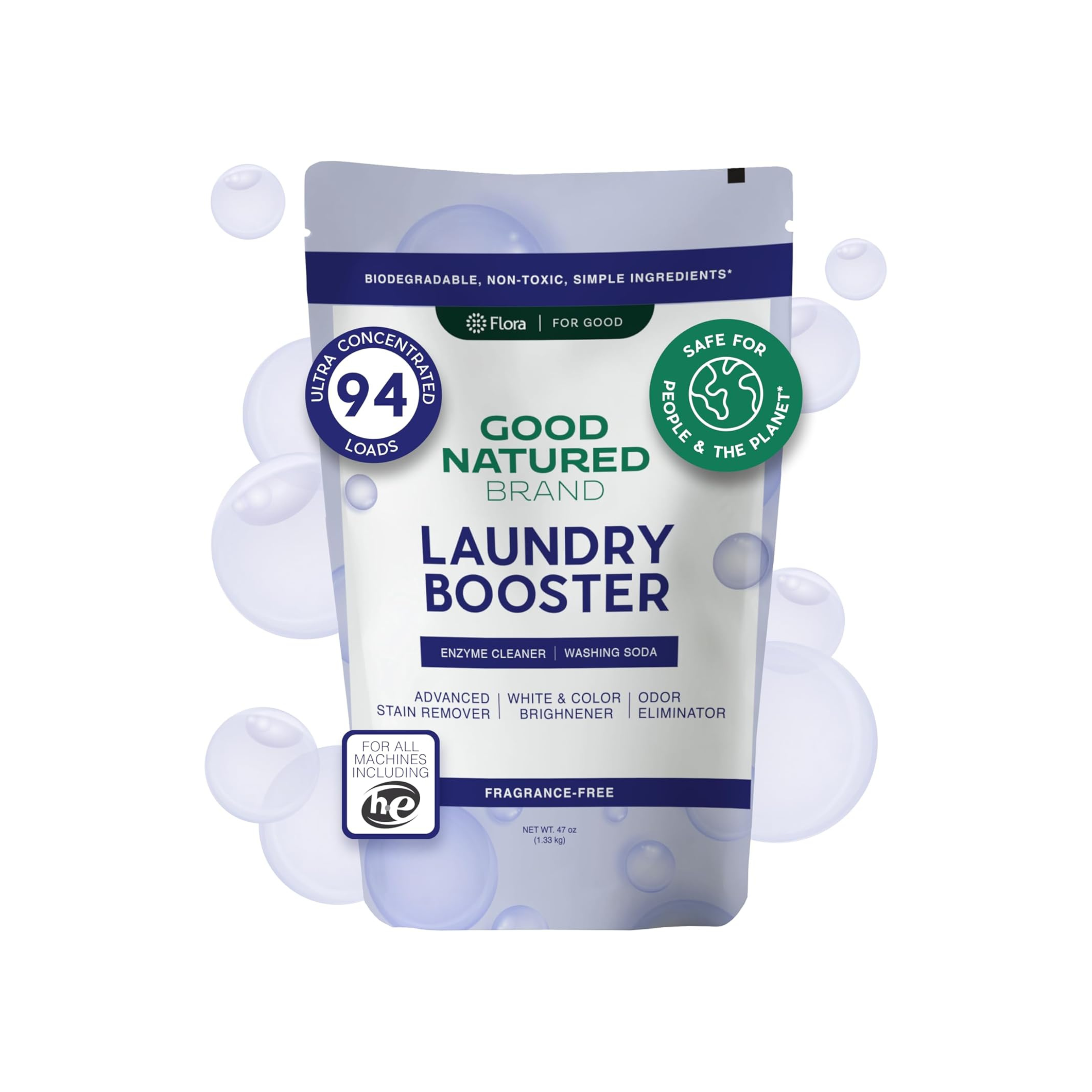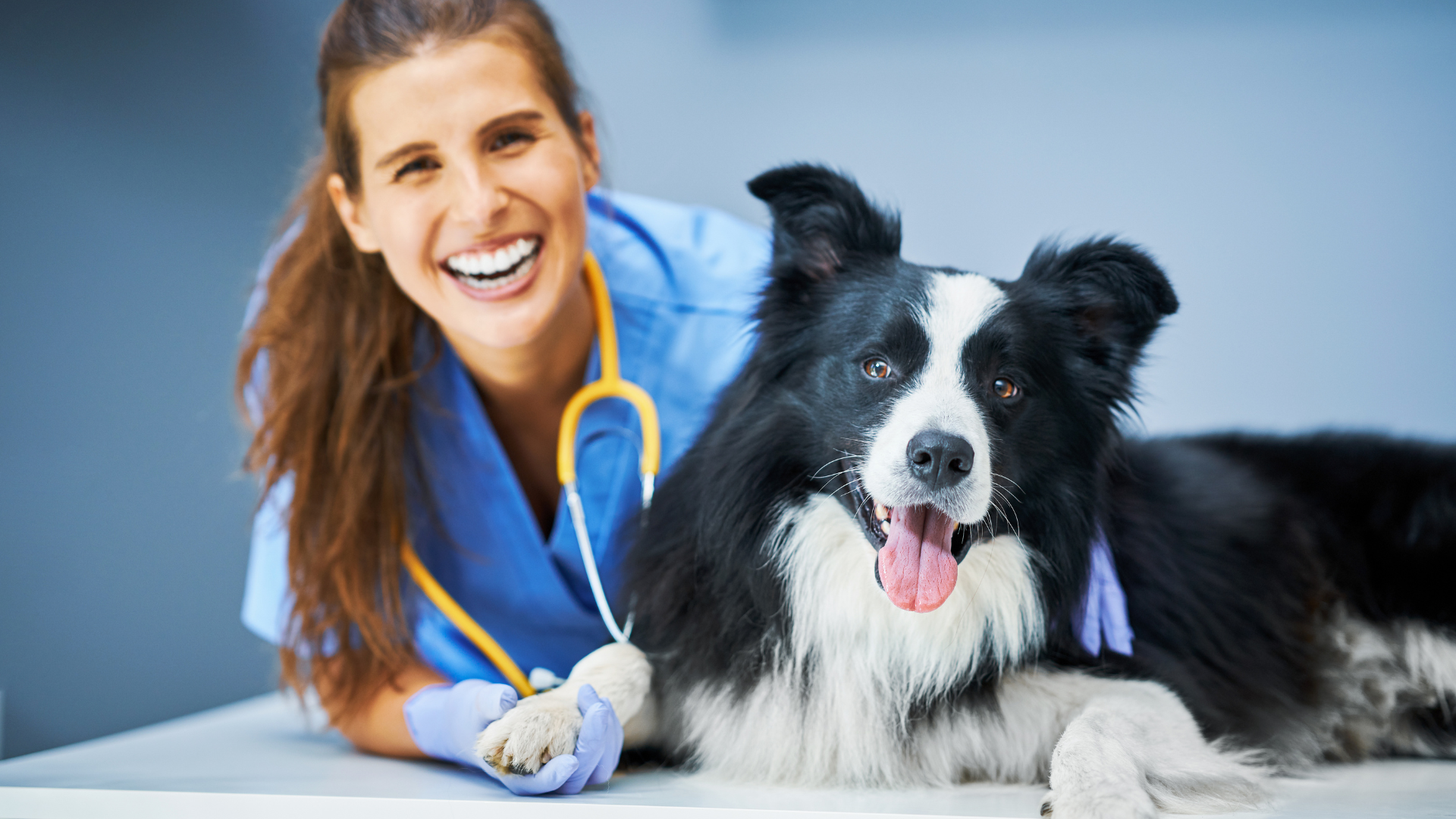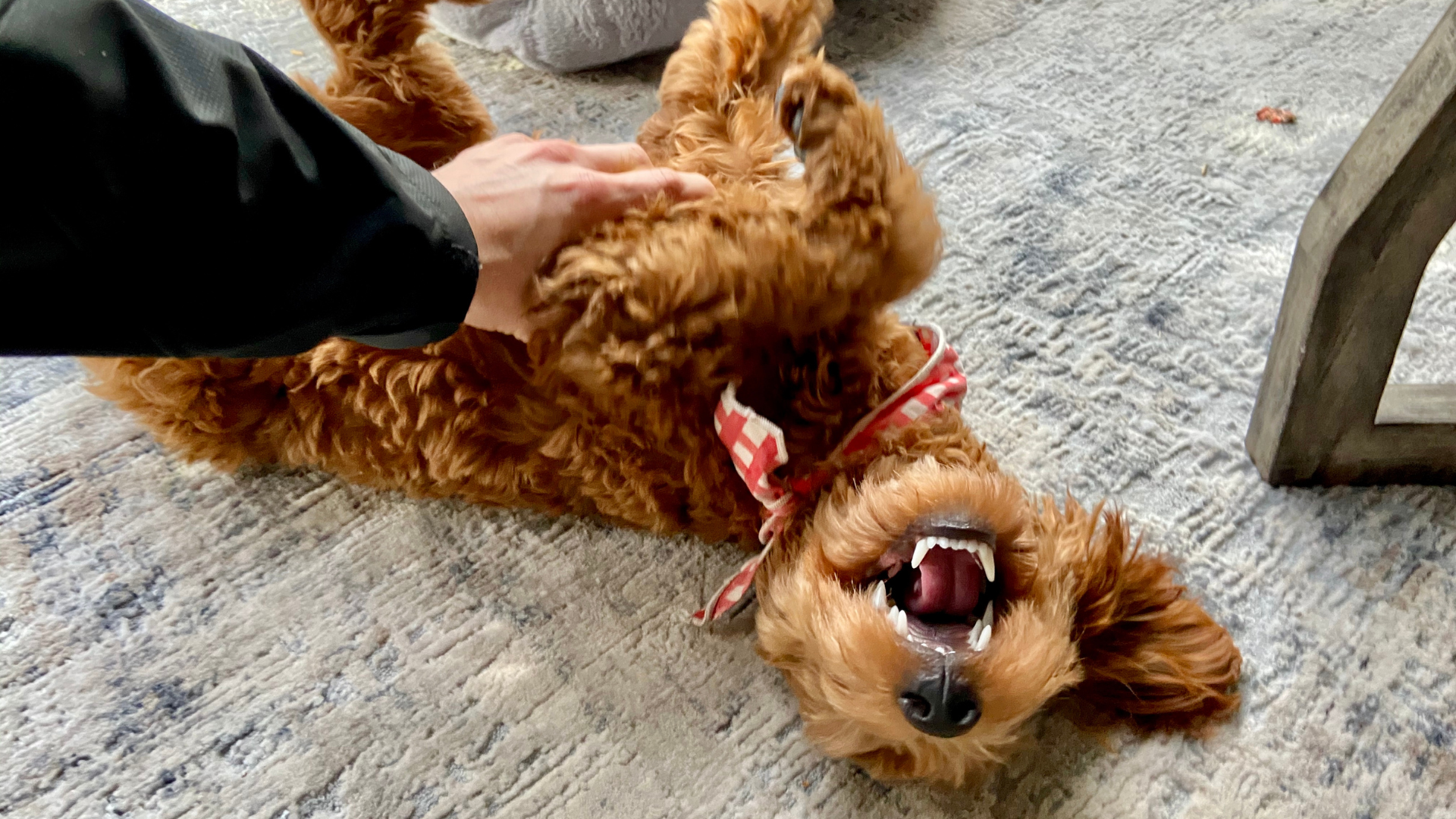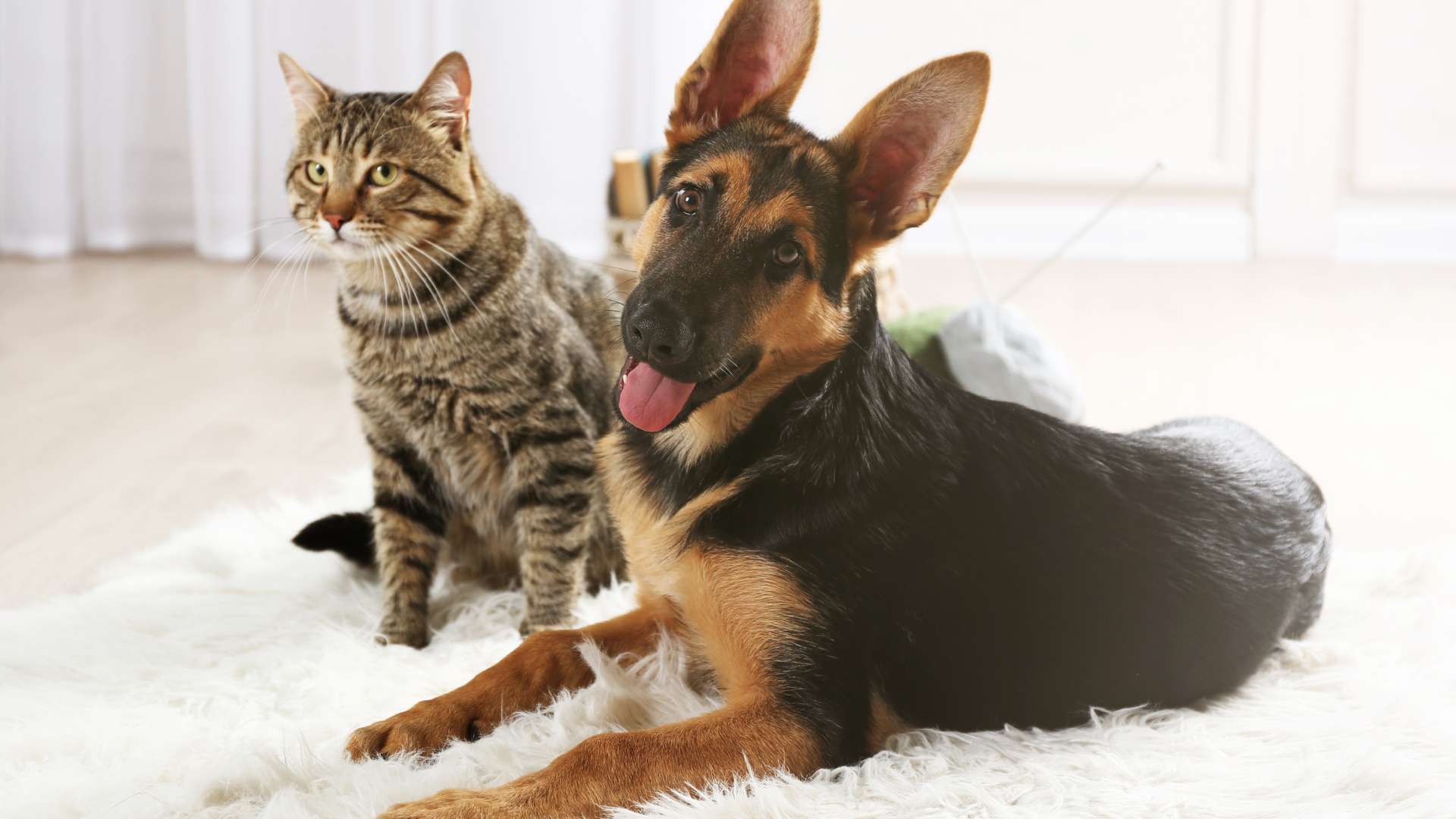Why Low-Impact Exercise Matters for Overweight Cats
More cats are becoming overweight or obese than ever before, and it’s putting their health and happiness at risk. Excess weight can lead to serious conditions like Diabetes Mellitus, Arthritis, and Heart Disease, and can also shorten a cat’s lifespan. While exercise is essential to help cats lose weight, it must be done gently and safely to prevent injury—especially for cats who are already carrying extra pounds.
That’s where low-impact exercises come in. These activities are designed to protect your cat’s joints while gradually increasing their activity level and burning calories. With consistency, patience, and the right approach, low-impact exercise can improve your cat’s mobility, boost their energy levels, and strengthen your bond.
For more helpful guidance on feline wellness and creating a healthier environment for your cat, check out the Good Natured Brand Blog for expert tips on pet care, enrichment, and cleaning routines.
Health Risks of Obesity in Cats
Understanding the health consequences of feline obesity underscores why exercise is so important. Excess weight puts strain on almost every system in a cat’s body.
-
Joint problems: Overweight cats are more likely to develop arthritis, which can make movement painful and discourage physical activity—creating a cycle of weight gain.
-
Diabetes risk: Carrying extra weight significantly increases the risk of diabetes, a condition that requires lifelong management.
-
Heart and respiratory issues: Obesity can impair cardiovascular function and make breathing more difficult, especially during activity.
-
Grooming difficulties: Obese cats often struggle to groom themselves properly, which can lead to skin infections and matted fur.
-
Shortened lifespan: Studies show that overweight cats often live shorter lives than cats at a healthy weight.
Recognizing these risks is the first step toward helping your cat reach a healthier weight through safe, low-impact movement.
Why Overweight Cats Need Low-Impact Exercises
While exercise is essential, not all forms are appropriate for overweight cats. High-intensity activities like running, jumping, or vigorous chasing can strain their joints, muscles, and heart. Low-impact exercises, on the other hand, offer a safer way to help your cat get moving without overexertion or injury.
Low-impact activities allow overweight cats to build endurance slowly, protect their joints from excess stress, and gain confidence in their mobility. These gentle exercises also support mental stimulation, which helps prevent boredom and emotional overeating. Over time, low-impact movement improves flexibility, coordination, and muscle tone—while gradually reducing fat.
How to Safely Start an Exercise Routine for an Overweight Cat
Before introducing exercise, always start with a veterinary checkup. Your vet can assess your cat’s overall health, check for underlying conditions, and suggest a safe target weight.
Once cleared for activity, follow these steps to ensure your cat’s exercise journey is safe and positive:
-
Set realistic goals: Focus on small, gradual progress instead of rapid weight loss.
-
Start with short sessions: Begin with just 3–5 minutes of gentle play and gradually build up to 10–15 minutes per session.
-
Watch for warning signs: Stop if your cat pants, limps, or seems exhausted.
-
Use positive reinforcement: Reward participation with praise, petting, or low-calorie treats to keep exercise fun.
Patience is key. Even slow, small movements can build strength and encourage your cat to become more active over time.
Setting Up a Safe Space for Cat Exercise
A safe and inviting space will make your cat more likely to participate in exercise sessions and less likely to get injured.
-
Choose a clutter-free area where your cat has room to walk or play without obstacles.
-
Add non-slip mats if your floors are slippery to protect their joints.
-
Create cozy resting spots nearby so they can take breaks comfortably.
-
Remove sharp edges and fragile decor to prevent accidents during play.
Keeping this exercise space clean is just as important as keeping it safe. Cats spend a lot of time on the floor, which can accumulate dust, fur, and allergens. Use pet-safe All-Purpose Cleaners to wipe down floors, shelves, and exercise equipment they might climb on. If your cat loves lounging on rugs or carpeted areas between play sessions, freshen them with natural Carpet Deodorizers to keep their favorite spaces smelling clean. And to prevent buildup of fur and dander, wash their cat blankets, soft toys, and exercise mats regularly with gentle Laundry Powders.
A clean, comfortable environment encourages your cat to move freely and confidently, which is especially important during the early stages of their weight-loss journey.
Interactive Play Sessions
Interactive play is one of the easiest and most effective low-impact exercises for overweight cats. These sessions encourage natural hunting behaviors like stalking, batting, and pouncing—while staying gentle on their joints.
Start with soft movements using feather wands, ribbon toys, or toys on strings. Move the toy slowly across the floor to encourage your cat to walk or stretch toward it. Keep sessions short (3–5 minutes) and gradually increase the time as their stamina improves.
Laser pointers can also work well, but make sure to let your cat “catch” a toy at the end to avoid frustration. These short bursts of activity build confidence and help your cat relearn the joy of play.
Puzzle Feeders and Treat-Dispensing Toys
Puzzle feeders are an excellent way to combine mental stimulation with low-impact movement. They require your cat to bat, nudge, or roll objects to release small amounts of food or treats.
This kind of enrichment encourages slower eating and burns calories without requiring intense movement. Start with easy puzzles and work up to more challenging ones as your cat becomes more active. Always use healthy or low-calorie treats to avoid undermining weight-loss efforts.
Placing puzzle feeders in different spots around your home can also motivate your cat to walk between them, promoting even more gentle exercise.
Climbing and Scratching Activities
Encouraging safe climbing is another way to get overweight cats moving. Low-level cat trees, ramps, or wide shelves allow them to stretch and climb without putting too much strain on their joints.
Scratching posts also promote healthy stretching and movement. Position them near your cat’s favorite resting spots and rotate their locations to keep things interesting. If your cat is hesitant to climb at first, lure them gently with toys or treats and reward them for even small attempts.
Make sure their climbing area stays clean and comfortable. Use non-toxic All-Purpose Cleaners to wipe down shelves and ledges they use, and refresh nearby rugs or carpeted platforms with pet-safe Carpet Deodorizers to maintain a fresh environment that invites exploration.
Walking on a Harness Indoors
Harness walking is a fun, low-impact way to build strength, especially for cats who prefer calm, predictable environments. Begin by letting your cat wear the harness for short periods while indoors, rewarding them with praise and treats.
Once they’re comfortable, attach a lightweight leash and encourage them to follow you slowly around the house or apartment. Even a few minutes of walking can provide excellent physical stimulation without stressing their joints.
Ensure the walking area is free from clutter and hazards. Regularly clean the floor with pet-safe All-Purpose Cleaners so your cat has a hygienic surface to walk on as they build confidence and stamina.
Swimming or Hydrotherapy for Overweight Cats
Although less common, swimming can be an excellent low-impact workout for overweight cats who tolerate water. Water supports the body’s weight, relieving pressure on joints while allowing full-body movement.
If your cat is comfortable with water, try gently introducing them to shallow warm water in a controlled space. Always supervise and keep sessions brief at first. Alternatively, ask your veterinarian about professional feline hydrotherapy centers, which are designed to support safe aquatic exercise for pets with weight or mobility issues.
This method should only be pursued if your cat shows curiosity and calmness around water—never force them to swim.
Enrichment-Based Movement
Incorporating exercise into your cat’s daily routine through enrichment activities is a stress-free way to increase their movement. Try these simple ideas:
-
Hide small amounts of kibble around the house so they must walk between locations.
-
Place toys or treats on different levels of their cat tree or furniture to encourage climbing.
-
Use scent trails with catnip or silvervine to spark their curiosity and get them moving.
These strategies transform everyday activities into opportunities for exercise, helping your cat stay engaged and active without realizing they’re “working out.”
Tracking Progress and Adjusting the Routine
Monitoring your cat’s progress ensures their exercise plan remains safe and effective. Track their weight weekly using the same scale and record the results. Look for positive signs like:
-
Increased energy and playfulness
-
Improved mobility and flexibility
-
Better grooming habits
-
Reduced panting or fatigue during play
If progress stalls or your cat shows discomfort, scale back and consult your veterinarian. Gradual, consistent effort is far more sustainable than pushing too hard, too soon.
Supporting a Healthy Lifestyle Alongside Exercise
Exercise is just one part of helping your cat reach a healthy weight. Lifestyle support is equally important for long-term success.
-
Adjust their diet: Feed measured portions and switch to a weight-management formula recommended by your vet.
-
Provide a clean, calm environment: Regularly wipe down play areas with All-Purpose Cleaners to reduce allergens and dust.
-
Maintain hygiene for their bedding and toys: Wash soft items weekly with gentle Laundry Powders to remove fur and dander.
-
Keep their favorite resting rugs or play mats odor-free: Sprinkle pet-safe Carpet Deodorizers to create a fresh, inviting environment.
These supportive steps create a safe, motivating space that encourages activity while also promoting your cat’s overall health.
FAQs About Low-Impact Exercises for Overweight Cats
How much daily exercise does an overweight cat need?
Start with 10–15 minutes of gentle activity per day, split into two or three sessions, and increase gradually.
What if my cat refuses to play or move?
Begin with enrichment like puzzle feeders or food hunts to spark curiosity. Slowly introduce toys once they start engaging more.
Can senior overweight cats safely exercise?
Yes, low-impact exercises are ideal for seniors. Always get veterinary approval and start with very short, slow sessions.
Are low-impact exercises enough for weight loss?
Combined with portion control and a balanced diet, low-impact exercise can be very effective over time.
How long will it take to see results?
Most cats begin showing improvement in energy and mobility within a few weeks, though noticeable weight loss may take several months.
Helping Your Overweight Cat Thrive
Helping an overweight cat become active again takes patience, creativity, and consistency. Low-impact exercises provide a safe way to improve mobility, burn calories, and build confidence—without risking injury.
Remember to celebrate small wins and focus on steady progress rather than quick results. As you create a healthier routine for your cat, you can also create a cleaner, more motivating environment with pet-safe products from Good Natured Brand and explore the Good Natured Brand Blog for more expert advice on feline wellness.

